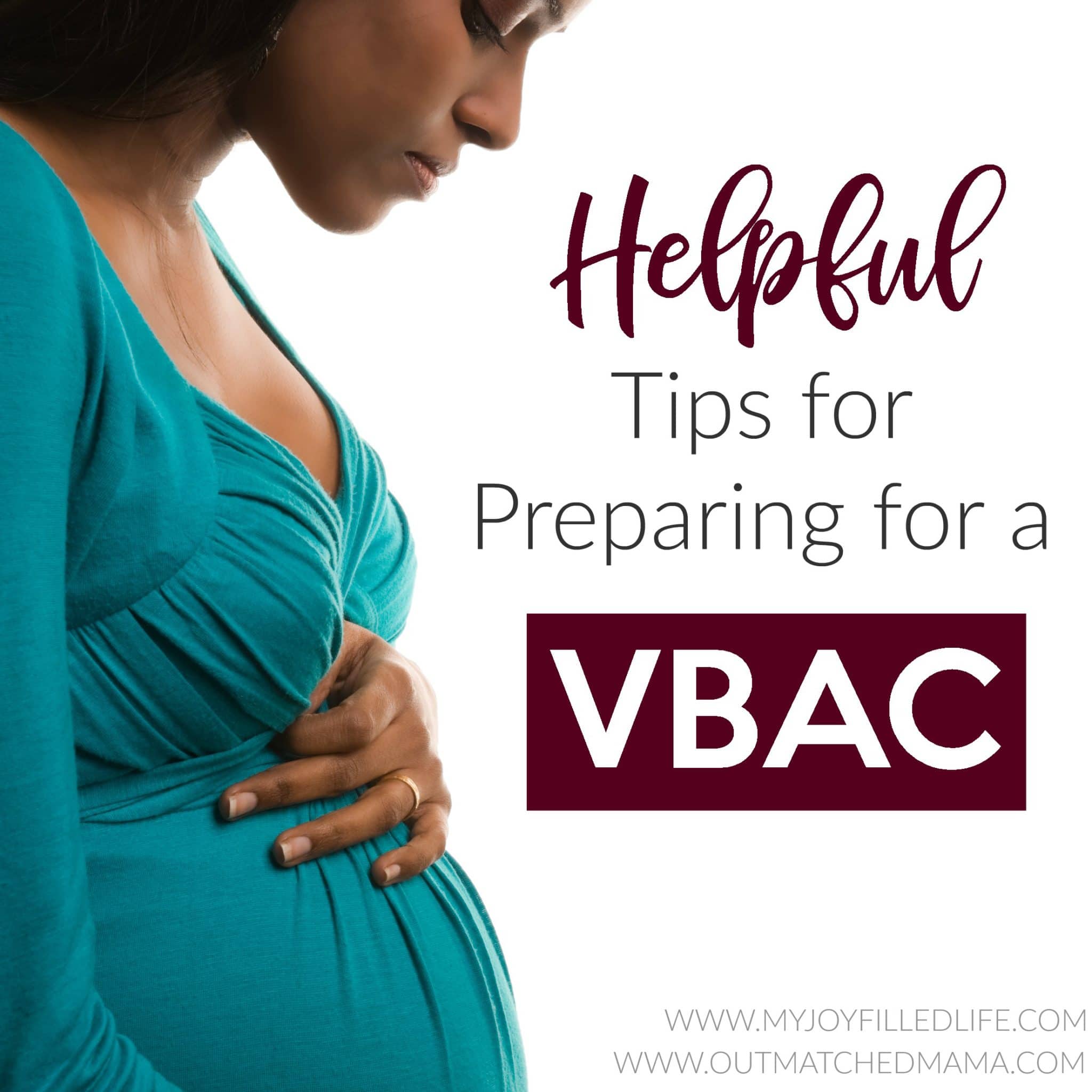During our hospital tour, the nurse turned and looked at all of us naïve, starry-eyed, first-time parents pointedly in the eye. “I highly recommend signing the papers authorizing an epidural if you end up needing one during labor.”
The small group of us gathered in the elevator protested almost as one, “Oh, we’re going to have a natural childbirth, so thank you for the advice, but of course we won’t be signing the papers.”
The nurse rolled her eyes and tried one last time (though you could see on her face that she knew it was wasted breath), “You may want to reconsider: trust me, when you want that epidural, you do NOT want to have to wait to sign the papers.”
Two months later, bent over in excruciating pain and screaming for the anesthesiologist, I really, really wish I had taken her advice and signed the stupid papers.
Swept Up in the Natural Childbirth Movement
I’m not sure if it was a trend or a movement, or what. Whatever you want to call it, during my first pregnancy, I got swept up in this wave of women wanting to return to natural childbirth.
Let me pause for a moment to say that I hate the term “natural childbirth”. If a child comes out your vagina, it’s natural people. I don’t care what medication you used to help you get it out.
Getting off the soapbox, now.
Everyone was doing it, so I jumped on the bandwagon. I told my husband that under no circumstances did I want an epidural, even if I begged for one.
We both laugh at that now. I can barely stub my toe without jumping up and down and biting my tongue lest awful words escape my lips.
How on earth did I think I was going to make it through hours of labor? Did I not think that it would hurt just a tiny bit more than a stubbed toe?
I didn’t end up earning my natural childbirth badge. Nothing about that first childbirth went the way it was supposed to.
Natural Childbirth Gone Bad
My water broke before labor started. Then, I did what a lot of first-time moms do who have water gushing out of them: go to the hospital.
Big mistake.
Once you get to the hospital, you’re on the clock – at least at the big hospitals. You can probably guess what happened. My midwife (yes, midwife) recommended we start Pitocin because after eight hours, I was barely contracting at all. I voiced some concerns, but she assured me that labor induced with Pitocin wasn’t really that different from regular labor.
Really midwife – really? Have you labored with Pitocin? I didn’t think so because that line couldn’t be farther from the truth.
Hours of excruciating labor later, I begged my husband for an epidural. My friend, who was there for moral support, pulled him aside and asked, “What did she tell you?” My husband shrugged helplessly, “She said she didn’t want an epidural.” My friend looked from me to him, took a deep breath and started coaching, “June, you can do this! Your body is MADE for this!”
I wanted to punch her (and him). But I hurt too much.
Shortly afterward, the midwife explained that the baby’s heart wasn’t handling my contractions very well. She recommended I get an epidural just in case I needed a c-section (in order to avoid getting put under general anesthesia for an emergency c-section).
I was so thankful – my baby’s distress combined with her recommendation mixed together to justify getting the epidural, at least in the moment.
I was very sad I hadn’t signed the papers. When you decide you want an epidural at 7 cm with Pitocin, you want it NOW!
To make a long story shorter, after 28 hours of labor (and almost no sleep), I ended up with a c-section. Not only did I feel like a total failure, I was totally exhausted, recovery was brutal, and I ended up experiencing post-partum depression as well, though I only recognize it looking back.
My first labor was not at all what I expected. It didn’t fit any kind of birth plan I had in my head. But my baby and I were both alive and healthy, and I learned to be thankful for that.
If your labor didn’t go as planned, remember: you are NOT a failure, and be thankful that we live in a day and age where doctors and medicine save the lives of both moms and babies.
Deciding to Try a VBAC
Because recovery from a c-section is brutal, and I didn’t want any doctor telling me how many kids I could or could not have (granted, we weren’t planning on having a big family at this point, but I did NOT want to be told what to do), I opted to try a VBAC for labor with my next baby.
I couldn’t possibly have known (though I could have guessed – see number 5 below) that that baby would be ten pounds and come out with his arm up around his neck. Ouch. Really, really…ouch.
Twenty-four hours of labor (half with an epidural), three hours of pushing, and a nearly fourth degree tear later, Micah came into the world. Because of the extent of the pushing, I wasn’t able to completely empty my bladder, even by day three. In fact, they almost sent me home with an overextended bladder (the midwife thought it was my uterus).
Thankfully, the nurse realized what was happening and alerted them to the fact that I needed to go home with another catheter. It took more than a week for my bladder to recover, and I spent that first week of my baby’s life hobbling around my bedroom in the middle of the night with a bag of pee strapped to my leg.
I seriously regretted my VBAC choice for months, and we came very close to deciding not to have any more kids. I finally understood why some couples decide to have only one or two children: brutal pregnancies, labors, and deliveries are a serious deterrent to growing a family.
But thankfully, time heals most wounds, and eventually, miraculously, we wanted more kids. I am happy to say that babies number three and four were a breeze (comparatively)! Both were half the labor and next to no time pushing.
Years later I can say, “Thank you, VBAC.”
So my story probably leaves you wondering – is a VBAC really worth it? Here are five things to consider when you are deciding to have a VBAC.
Cut, Stapled, and Mended: When One Woman Reclaimed Her Body and Gave Birth on Her Own Terms After Cesarean


5 Things to Think About Before Attempting a VBAC
1) Know that the risks, though small, are still risks.
Your OB/GYN doesn’t make you sit through a lecture and sign papers for nothing. While the risk is extremely minimal and less risky than abdominal surgery (a c-section), it is still a risk that you have to consider.
Trust your doctor’s recommendation about whether or not you are a good candidate for a VBAC and go from there. Oh, and don’t google “VBAC horror stories”. Just don’t – you’ve been warned. If you want to know about worst case scenarios, ask your doctor instead.
2) Choose a hospital (and doctor) that are not just supportive of VBACs, but pro-VBACs.
I learned later on that Brigham and Women’s hospital, where I delivered my first baby (the one where I ended up with a c-section), has a much higher c-section rate than other hospitals in the city of Boston. It’s a large hospital designed to move patients out quickly. Taking their time with laboring moms just isn’t a high priority. Moving them to recovery as fast as possible is.
That is not where you want to be when you are trying for a VBAC.
I switched to Mt. Auburn’s, a hospital that advertises their high VBAC success rates and has a reputation for excellent VBAC labor experiences.
Labor at Mt. Auburn’s was night and day different. I didn’t feel rushed. I didn’t feel like I was annoying people.
I felt like they were there to help me, to assist me, to do everything in their power to make my VBAC a success. That’s the kind of hospital you want to be in when you’re trying a VBAC for the first time.
3) Be open to an epidural.
I love my kids dearly, but they all decided to start making their way out of me in the middle of the night. I have yet to experience labor on a full night’s sleep.
Because of that, I get extremely tired during labor, and tired for me equals tense and locked up. I needed epidurals every single time to allow my body to relax, to get much-needed rest, and for labor to progress.
Without an epidural, there is no way I could have had a successful VBAC the first time around.
4) Consider your desired family size.
If you have only had one c-section and you plan on only having one more child, a VBAC may not be worth it.
With a c-section, you can choose the date and time of delivery, you can get a full night’s rest, and you can plan for childcare for your other child(ren) in advance. Having gotten no sleep before every labor and called friends in the middle of the night to watch my kids (we do not have family nearby), these factors aren’t ones to be brushed off or overlooked.
Personally, if I knew for sure I was only having one more child, I would have opted for the c-section.
5) Monitor the size of your baby.
I started measuring ahead well before my eighth month of pregnancy. My midwife ordered an ultrasound to check on the baby’s weight. The ultrasound claimed that his weight was in the 55th Percentile.
Ha!
Do NOT believe the ultrasound – they can be off by up to two pounds. That’s two pounds either way! Up, or down. Talk about inaccurate.
Trust how the baby feels to you. I felt like I could have delivered that kid at 36 weeks, no problem. I couldn’t stand for long periods of time without feeling intense pressure/pain in my pelvis area and I had varicose veins…down there. Ugh.
He just felt BIG to me.
Basically, listen to your body and broach any concerns. Your OB/GYN should take into account your family history – do big babies run in the family? What is the size of your pelvis? Did your mom have trouble delivering big babies?
It’s not a deal breaker, but it’s something to think about. If your baby does end up being on the big side or you push for an extensive period of time, be sure to talk to your midwife post-delivery about possibly leaving a catheter in for 24 hours, which will give your nerves time to recover from pushing and gives you a better chance at avoiding urinary retention (and trust me, you do want to avoid it – I’ve never been so thankful for being able to pee in my life).
In Closing
Having a VBAC can feel like a really intense decision, and it is. Some women try a VBAC and end up with a repeat c-section, which can be so emotionally devastating if you have your heart set on a VBAC.
Others end up with a wretched delivery and recovery, like my first VBAC attempt, and regret their choice.
Still others breeze through labor and delivery, so thankful for our medical advances that make VBACs an option.
Choosing to try a VBAC is a very personal decision. Make it with some advice and conversation, thoughtful consideration, and lots of prayer.
As for us, I don’t know whether or not more children are in our future. A lot of days, I don’t feel like our family is complete. Other days, I think we’re crazy to have four kids and the thought of more? Double, triple crazy.
But what I do know is that a VBAC made it possible for that question mark to stay a question mark. The choice to have more kids is not up to a doctor telling me about the dangers of multiple repeat c-sections. It put the ball back in our court.
Because of VBACs, the choice is up to us. And for that, I am thankful.

You might also like:
Dealing with the Emotions After an Unexpected C-SectionHelpful Tips for Preparing for a VBACThings to Consider When Writing a Birth Plan













Leave a Reply